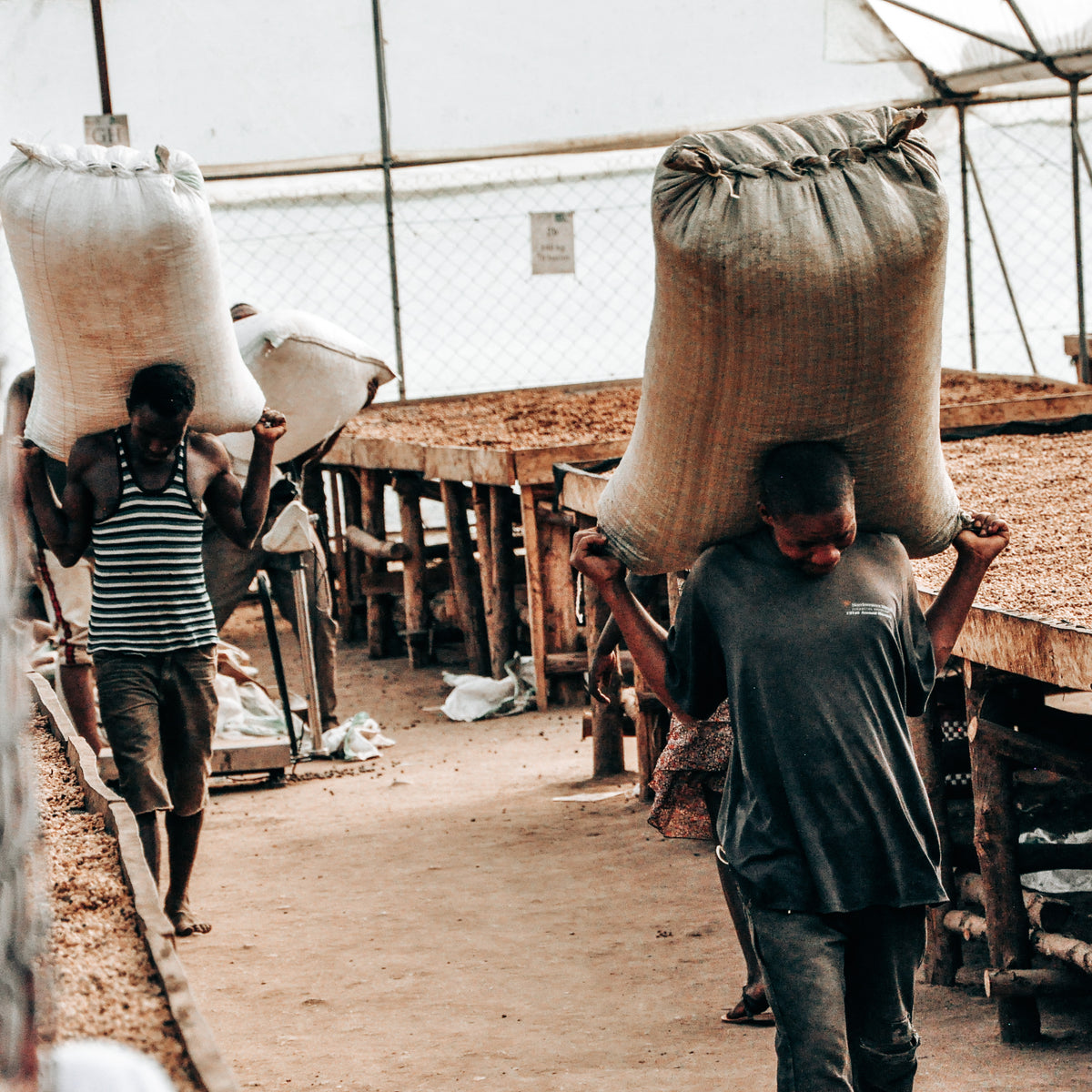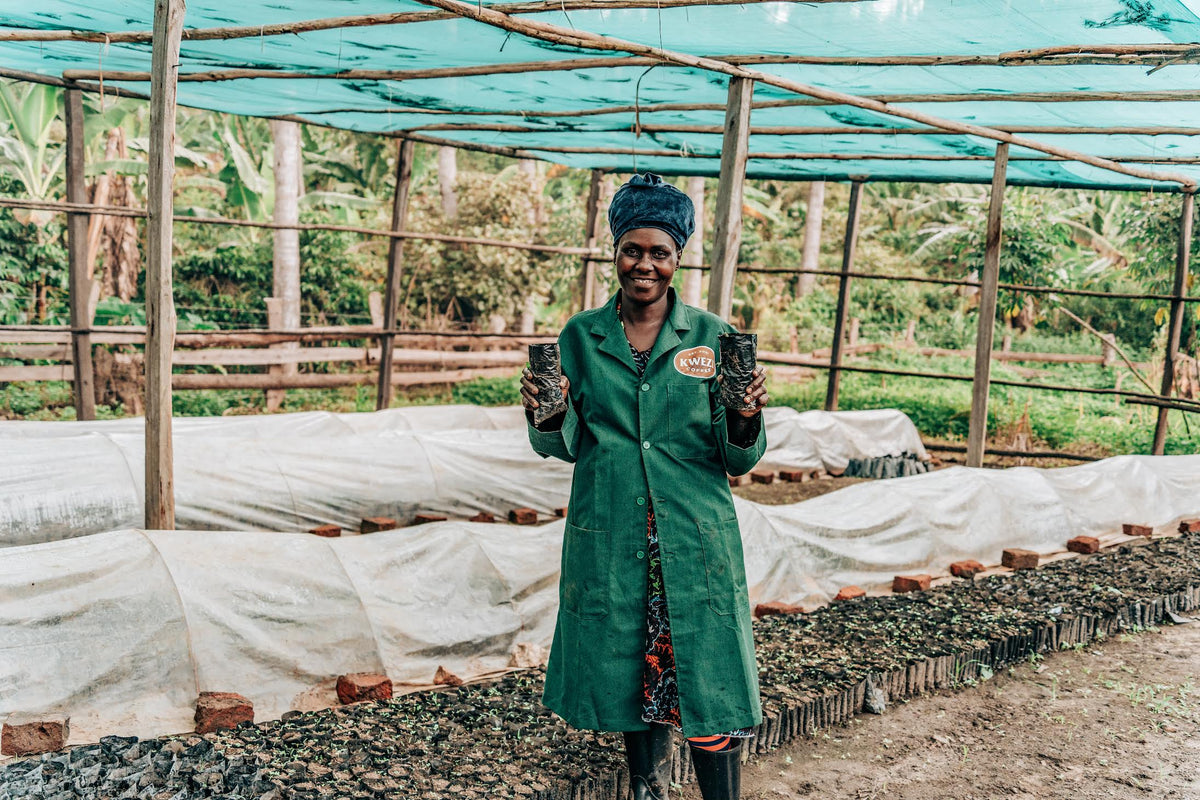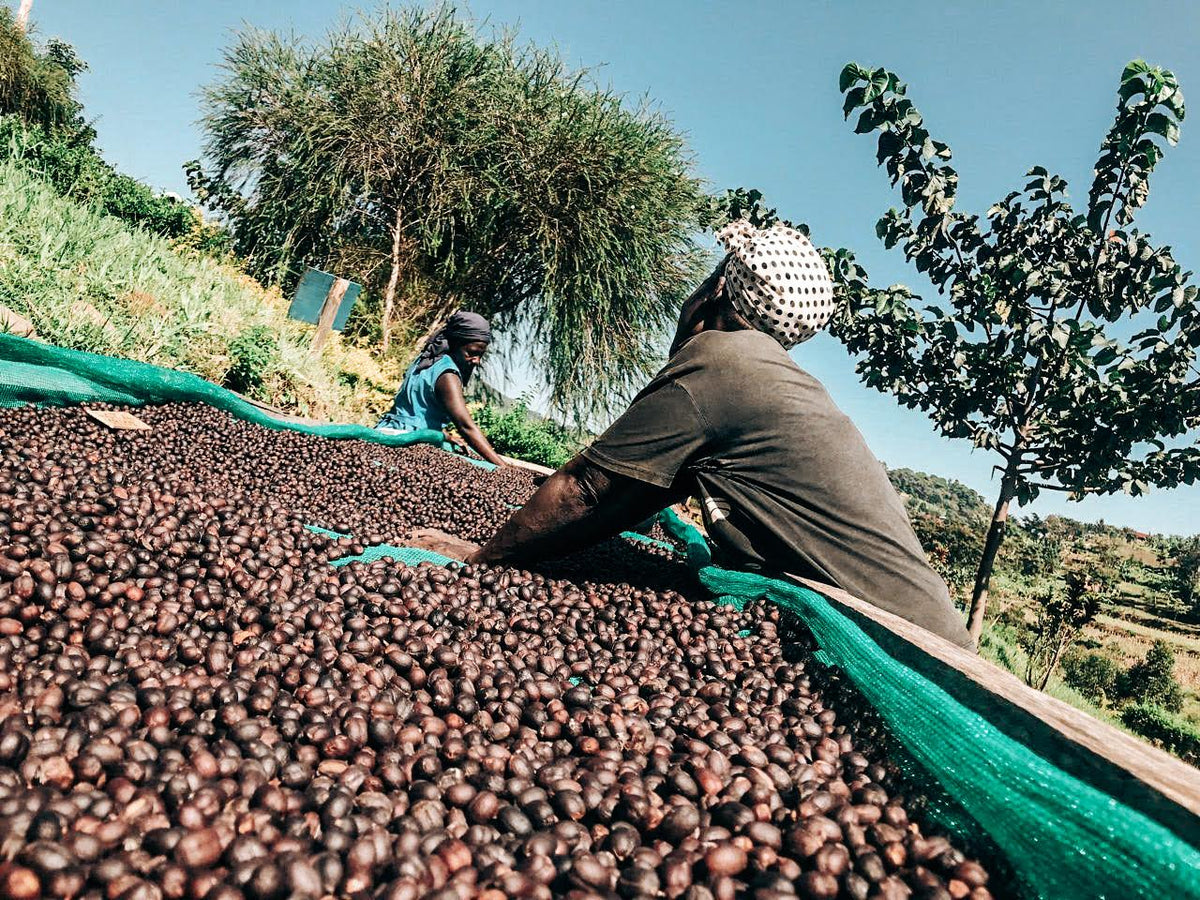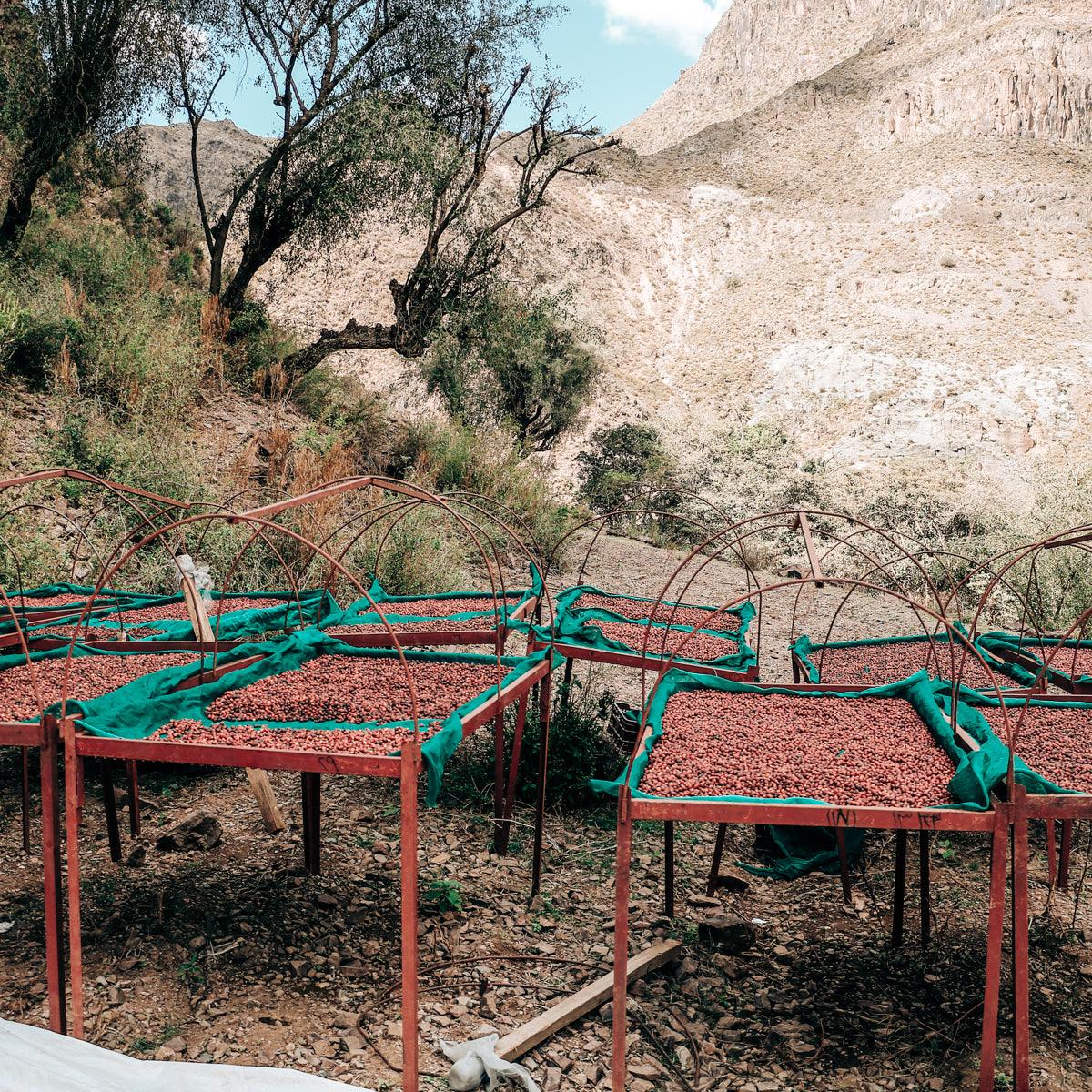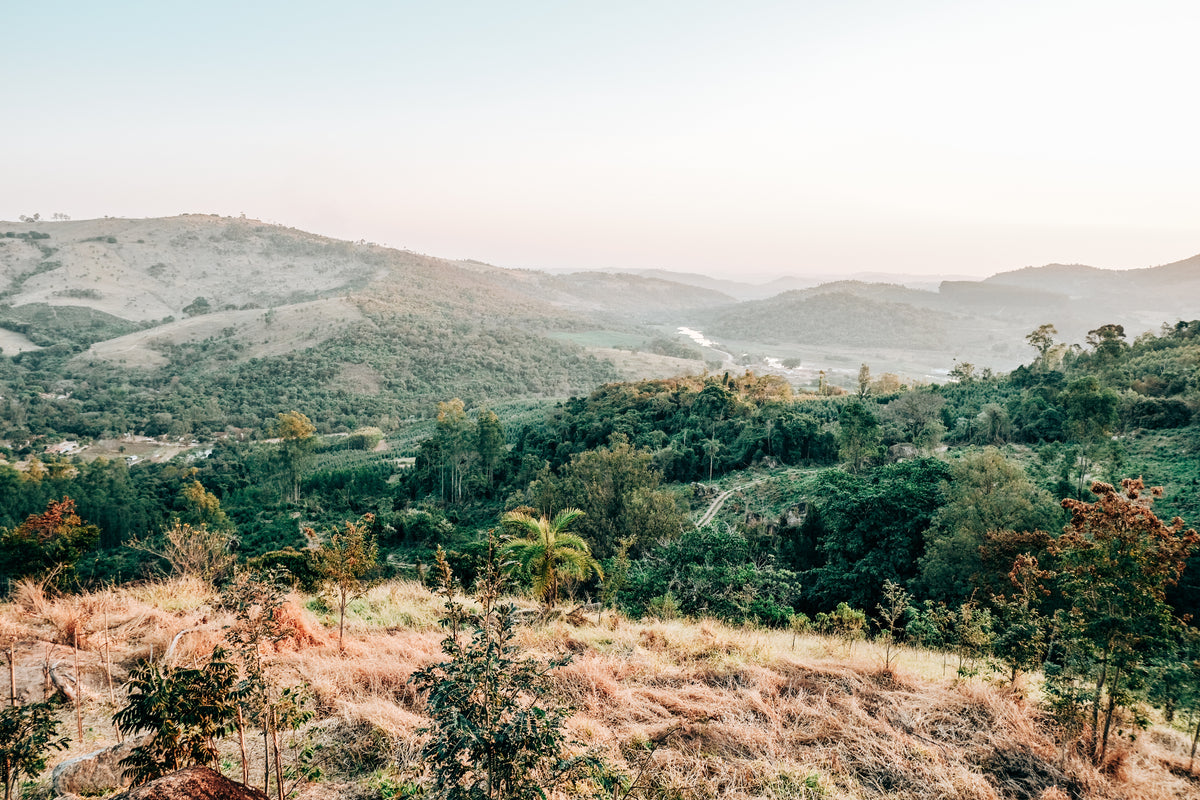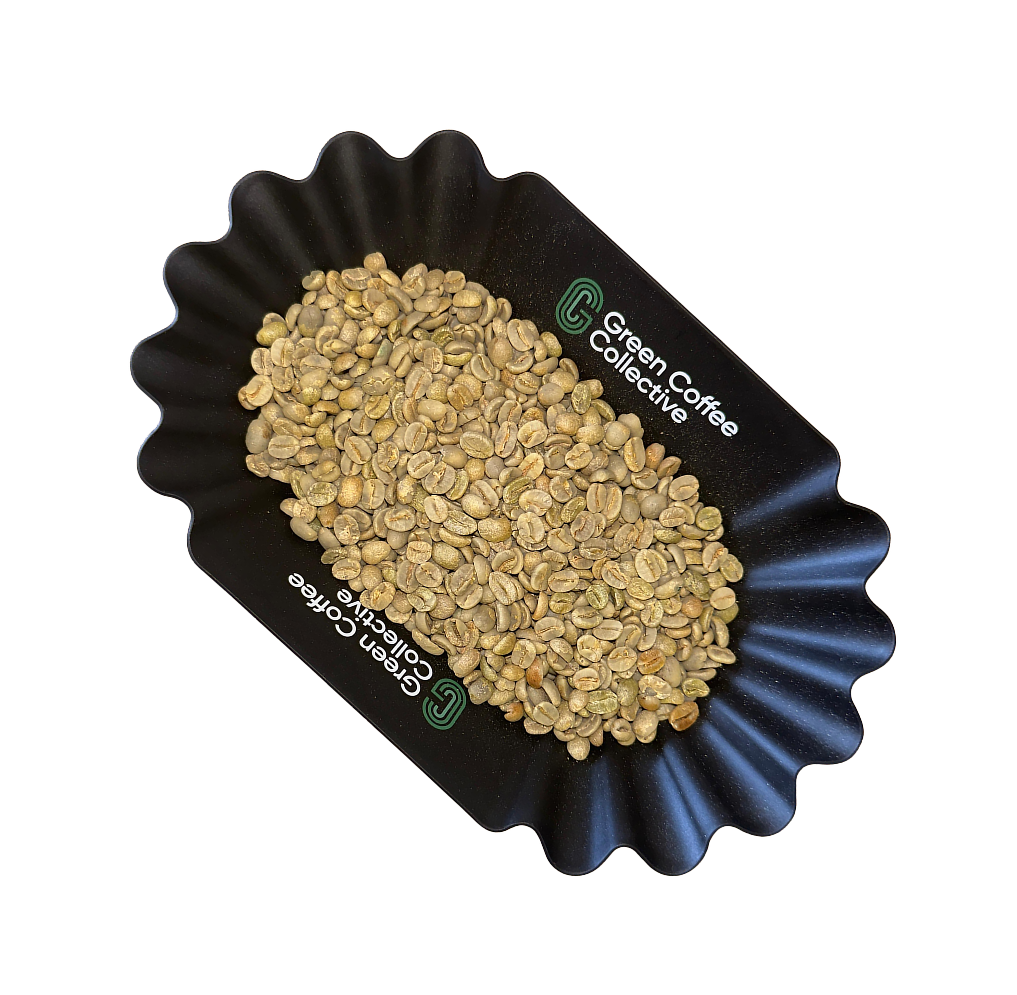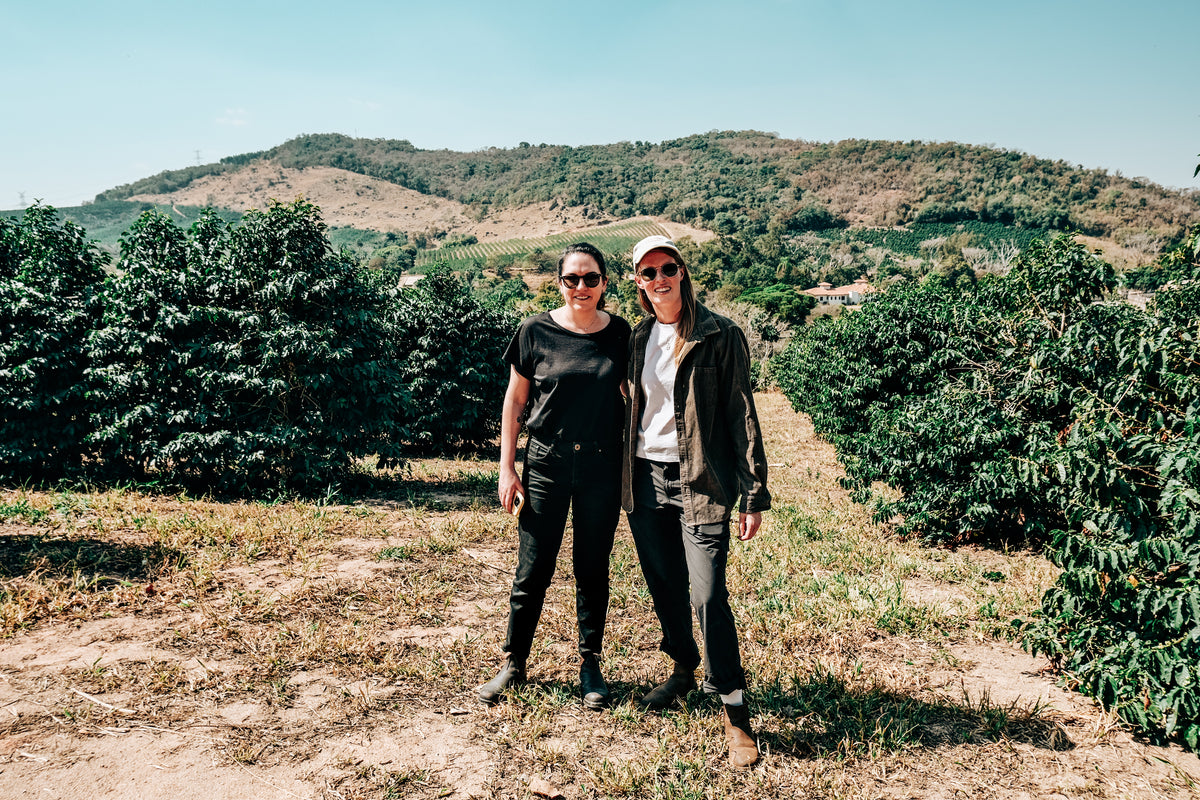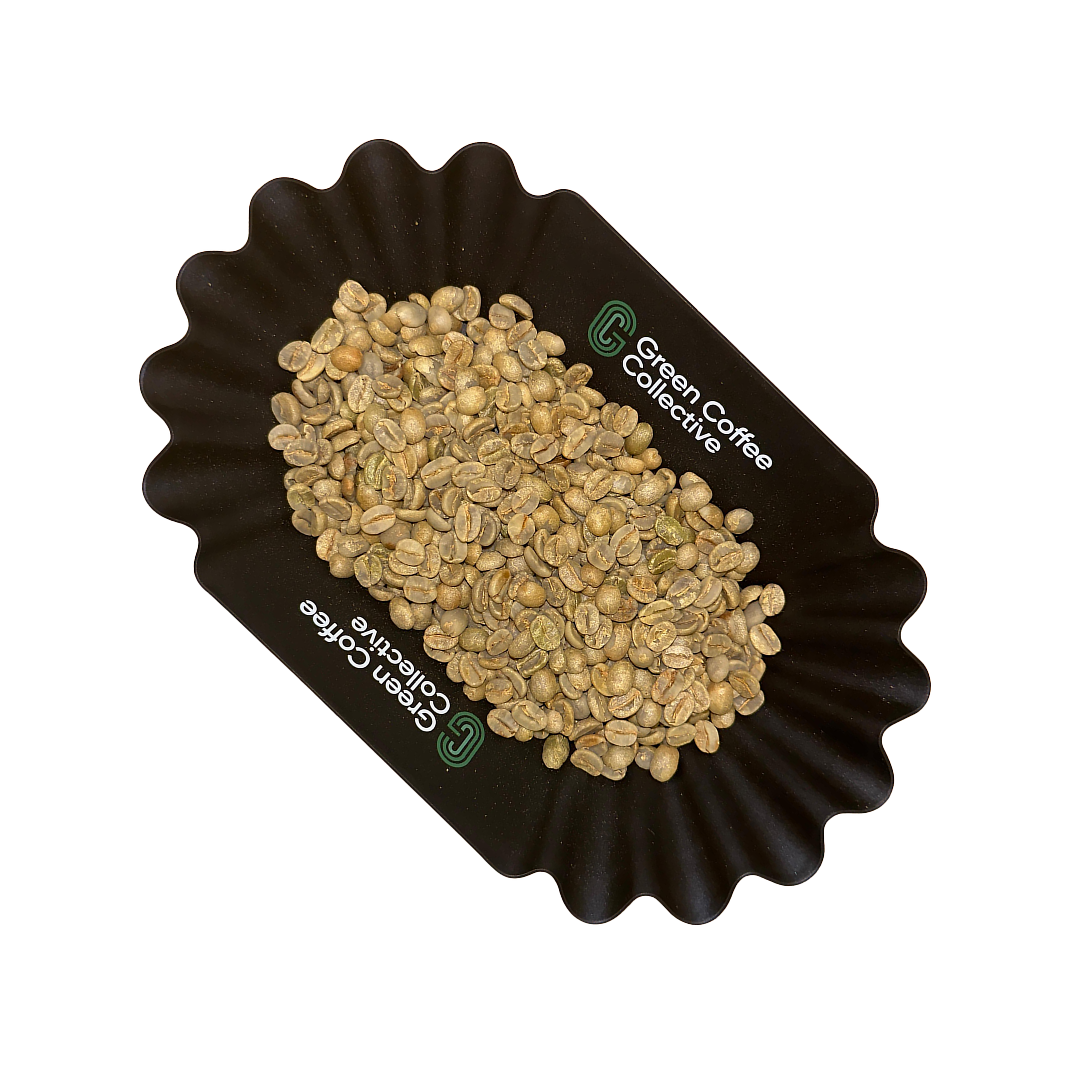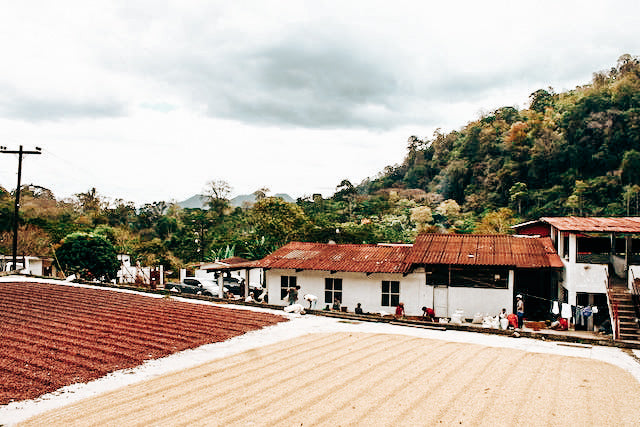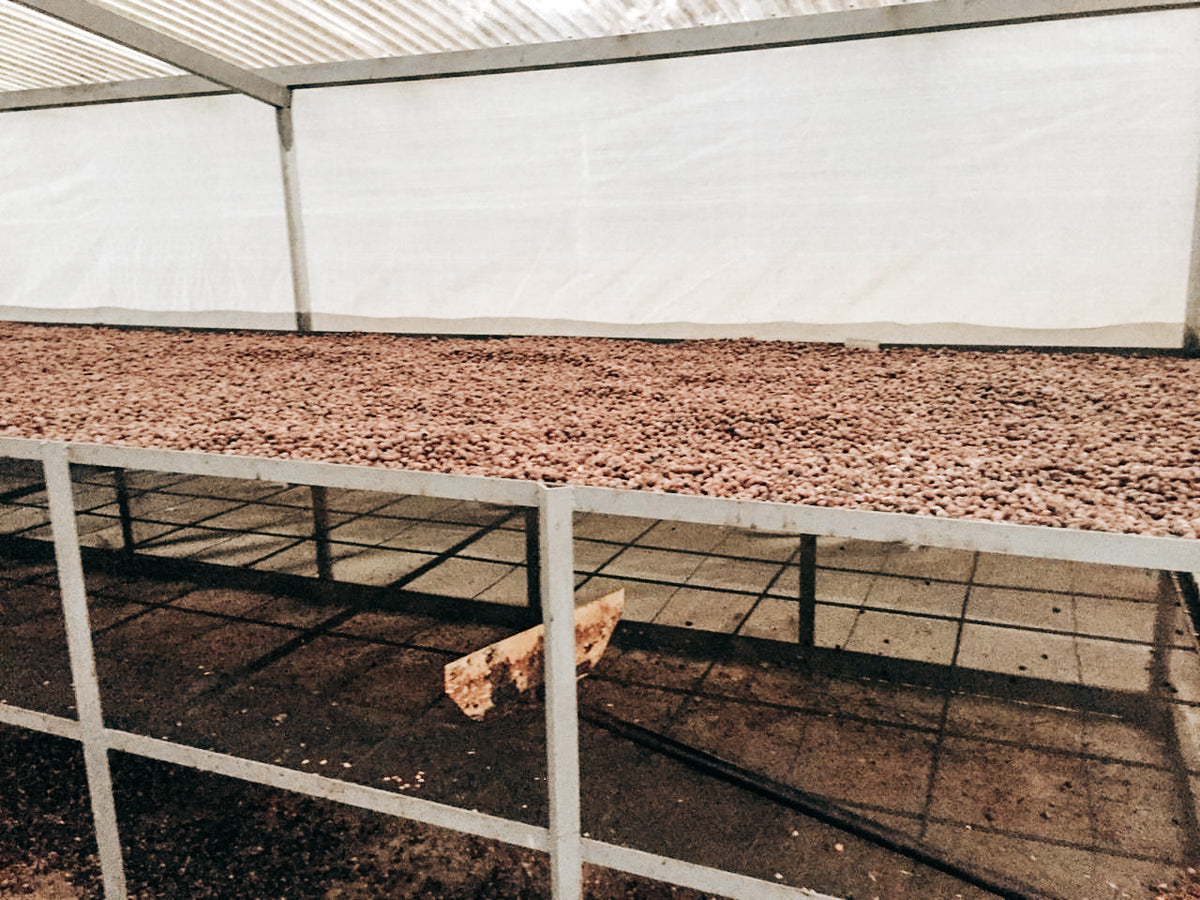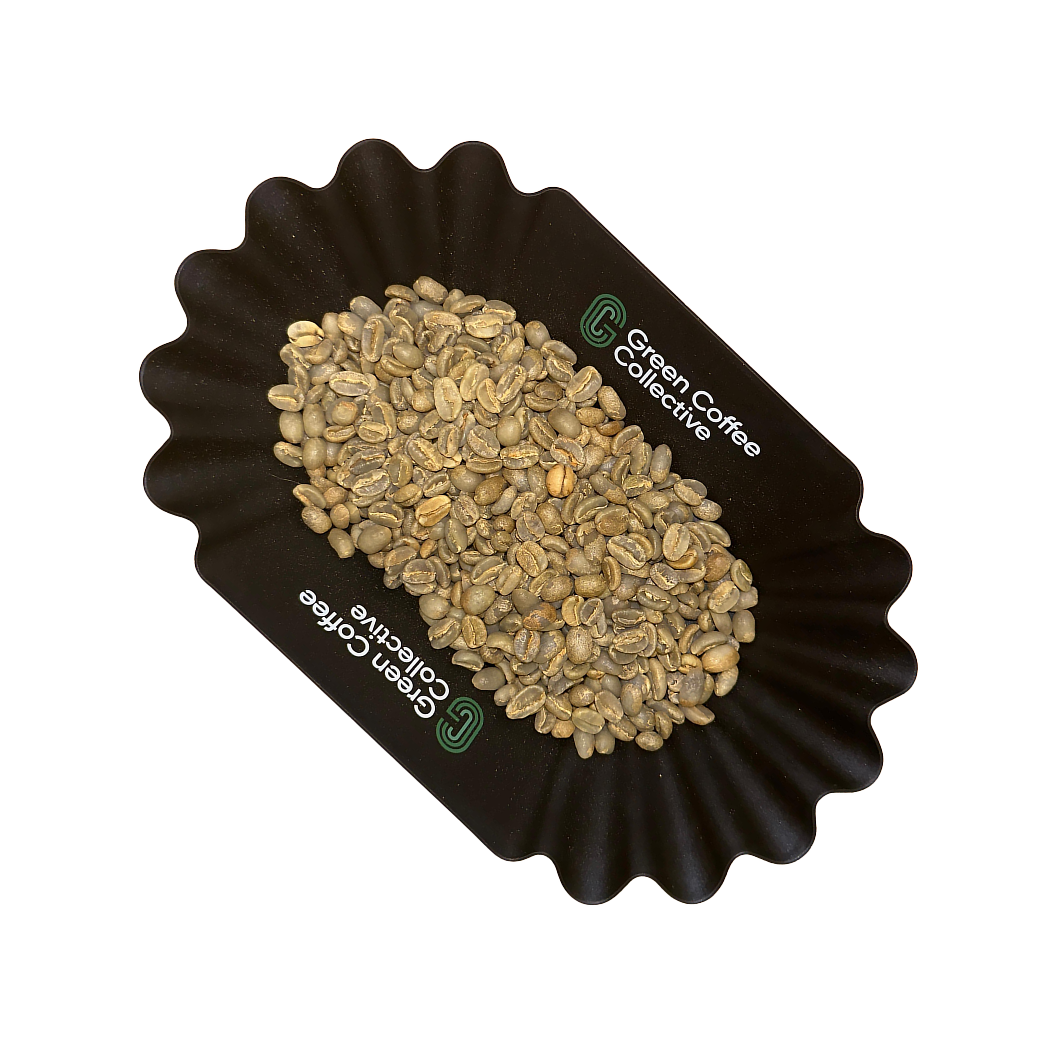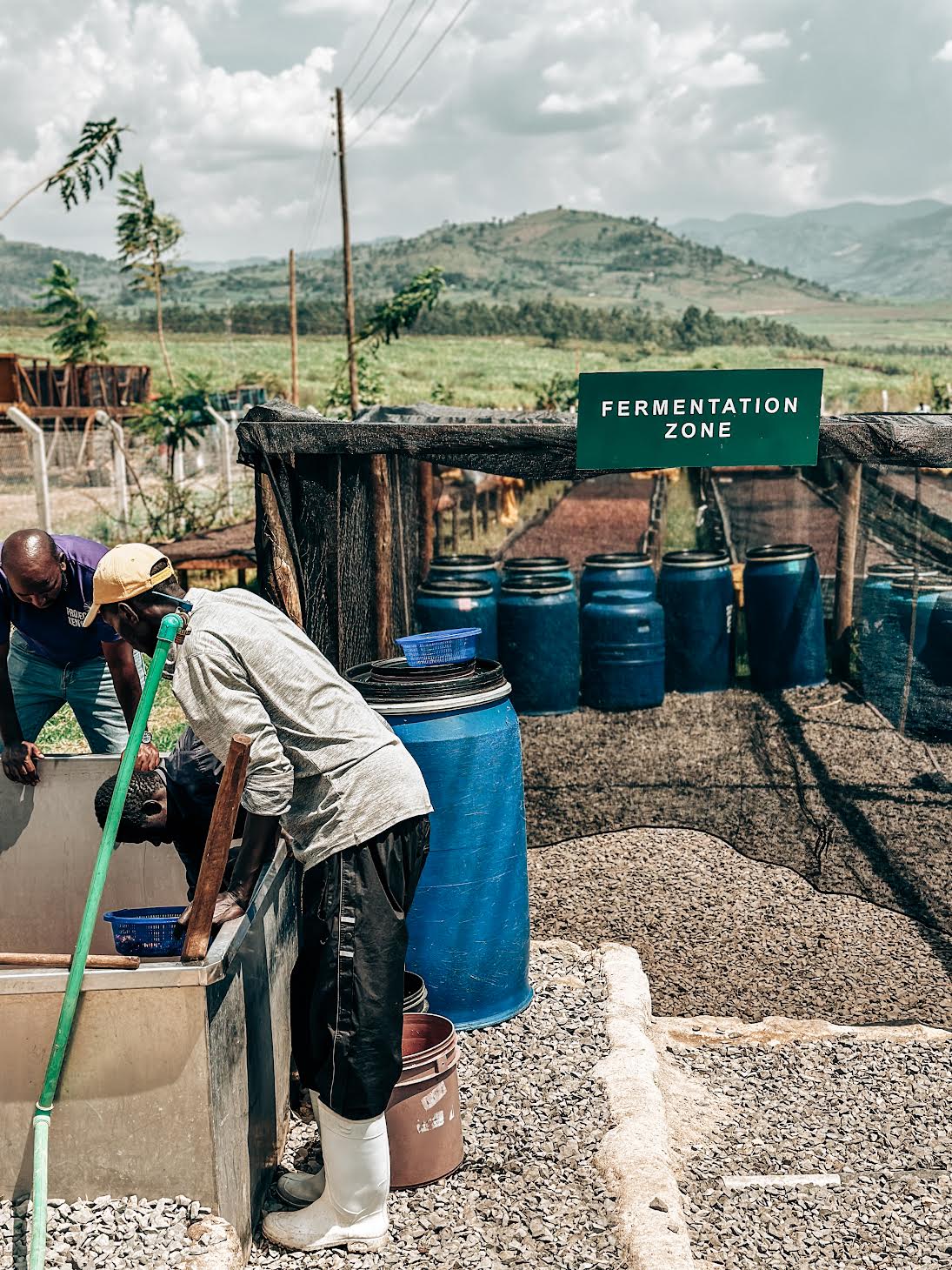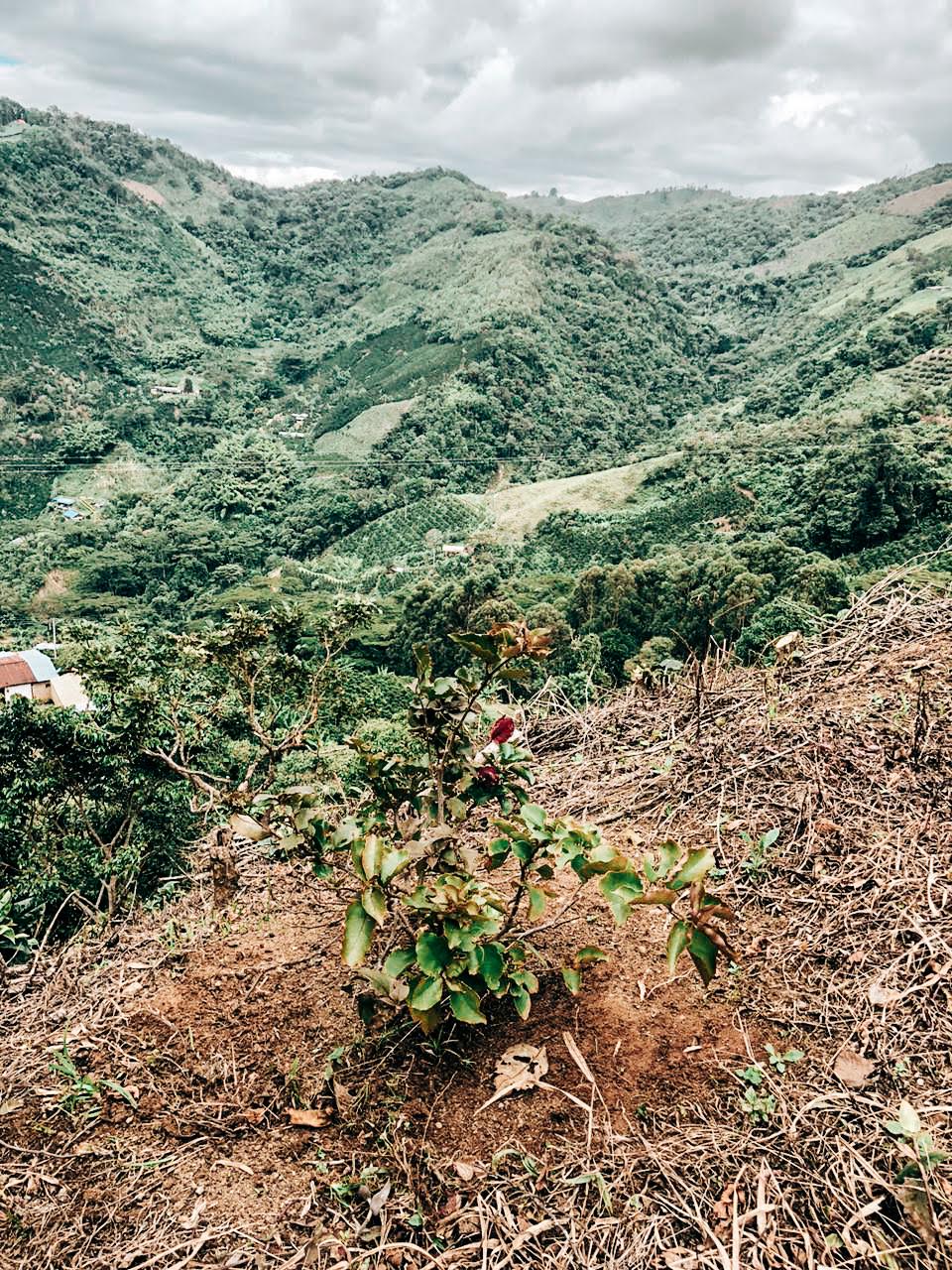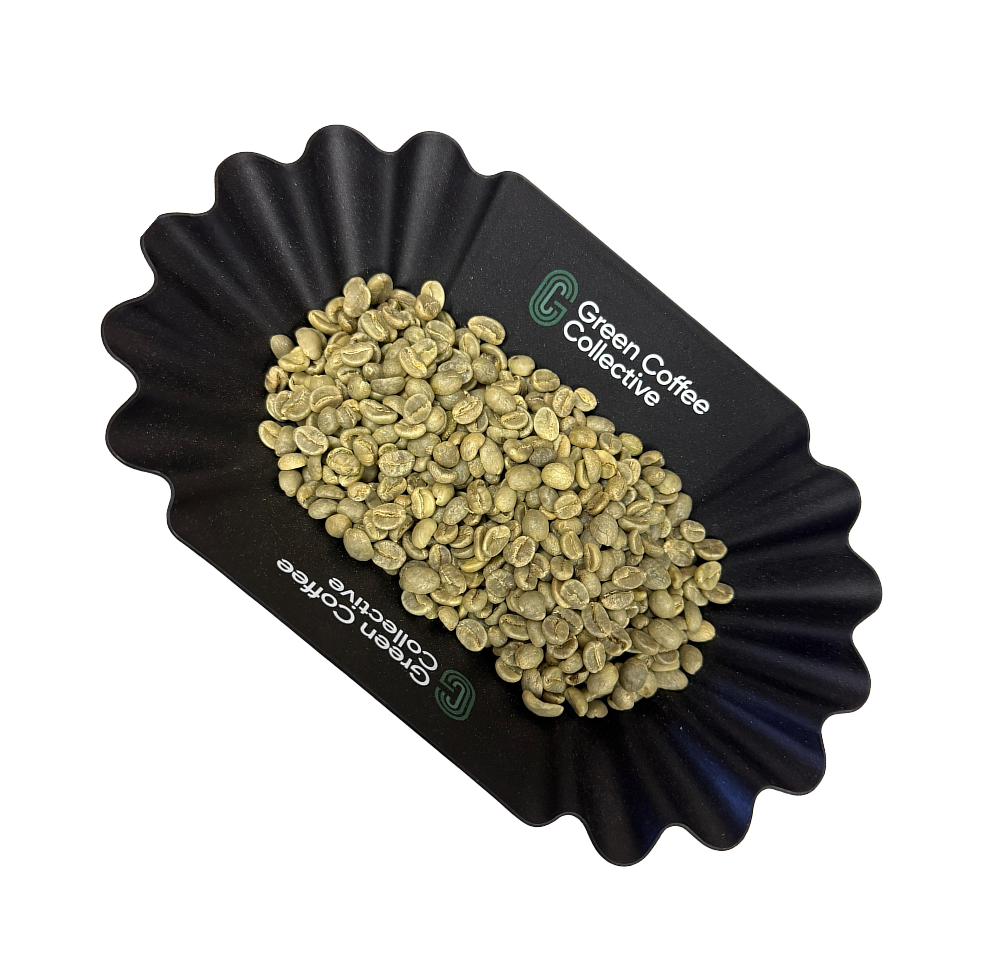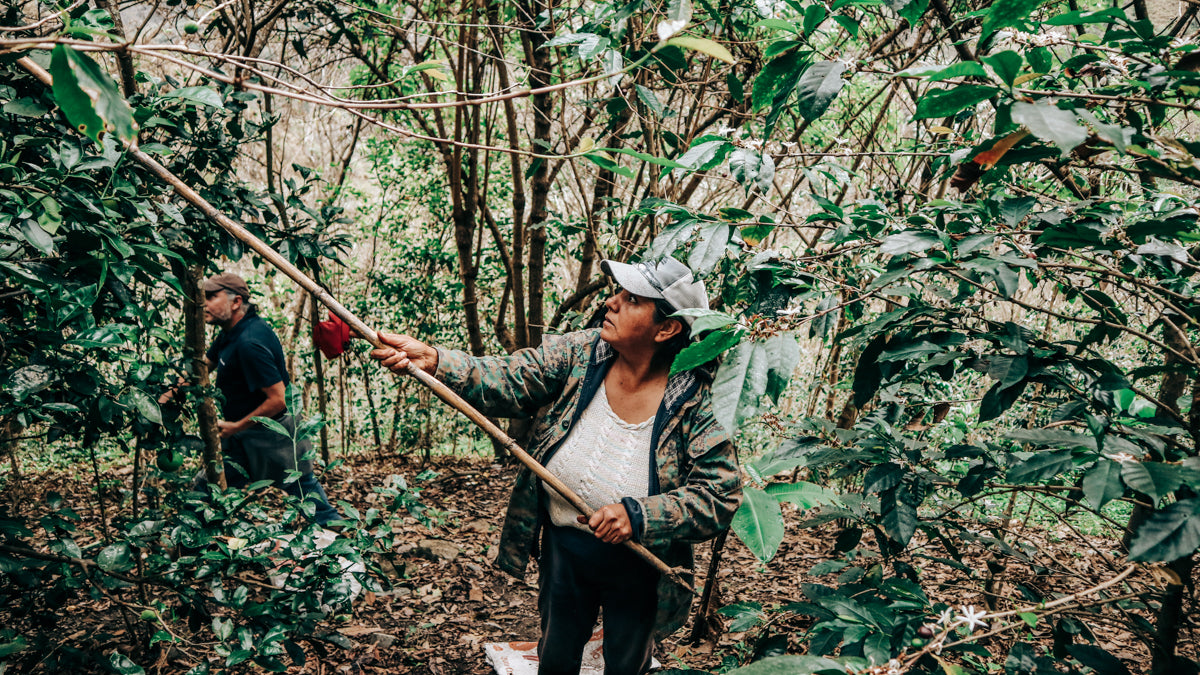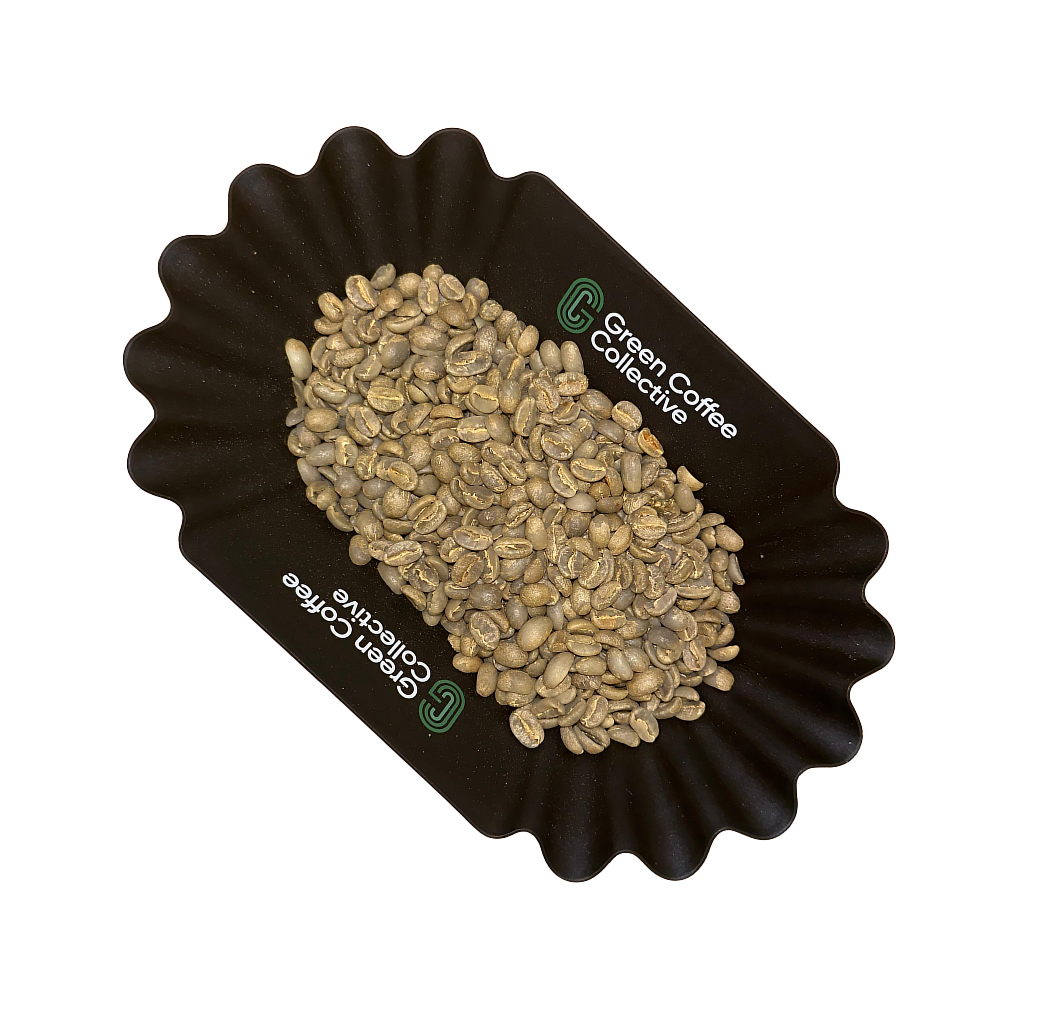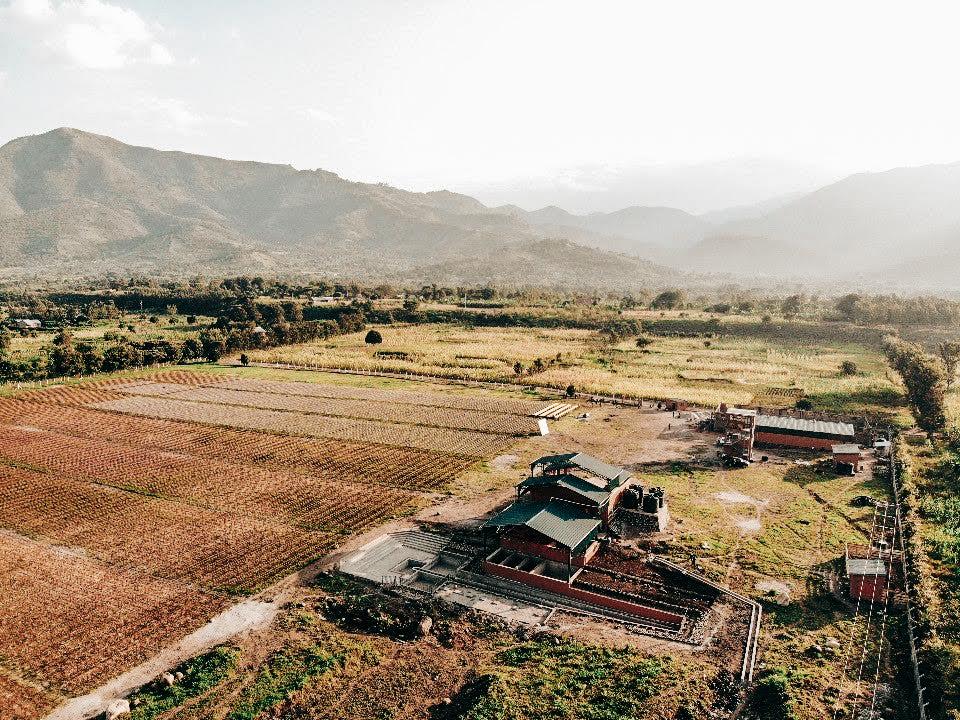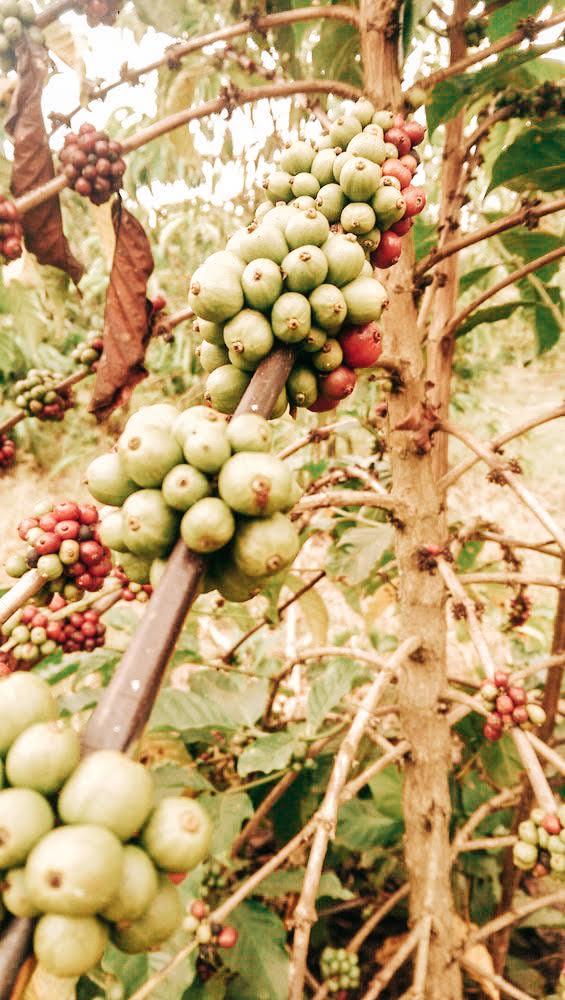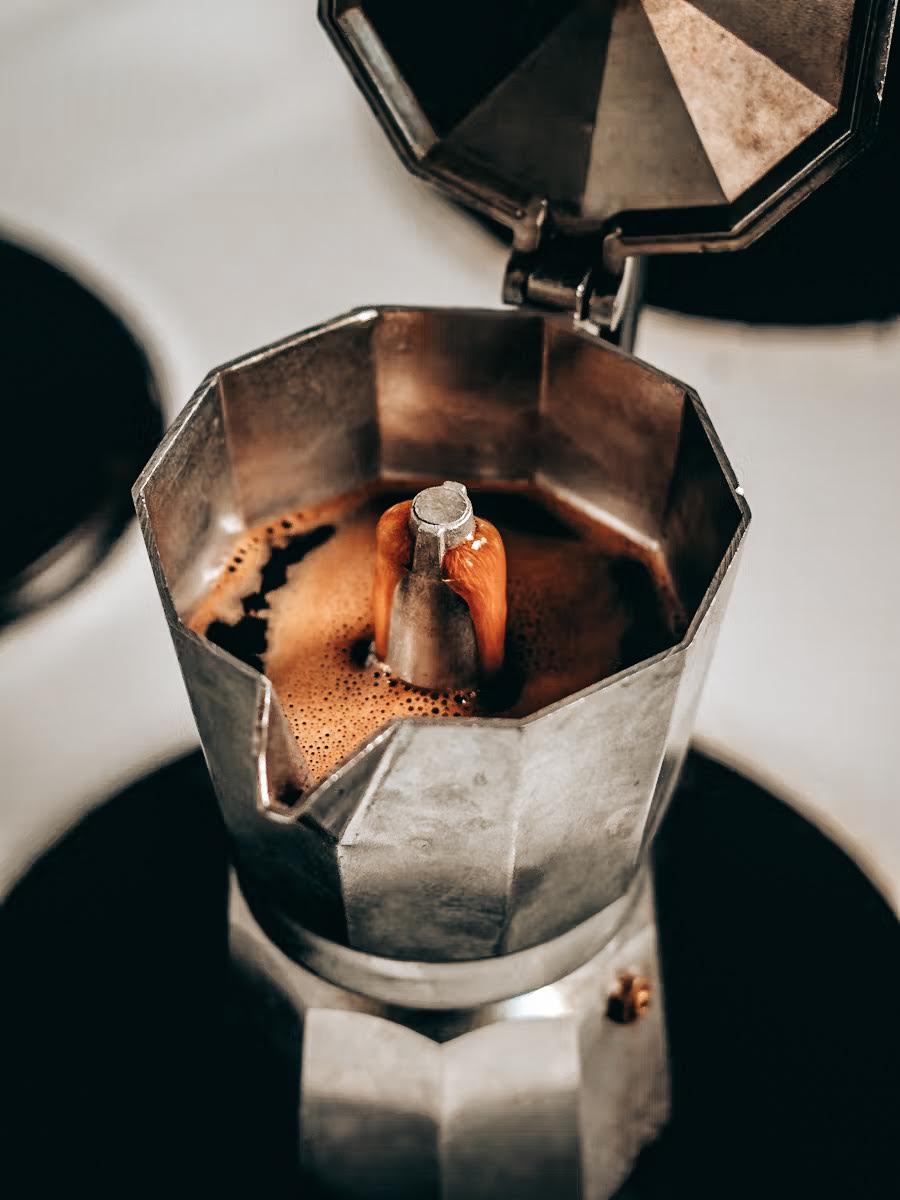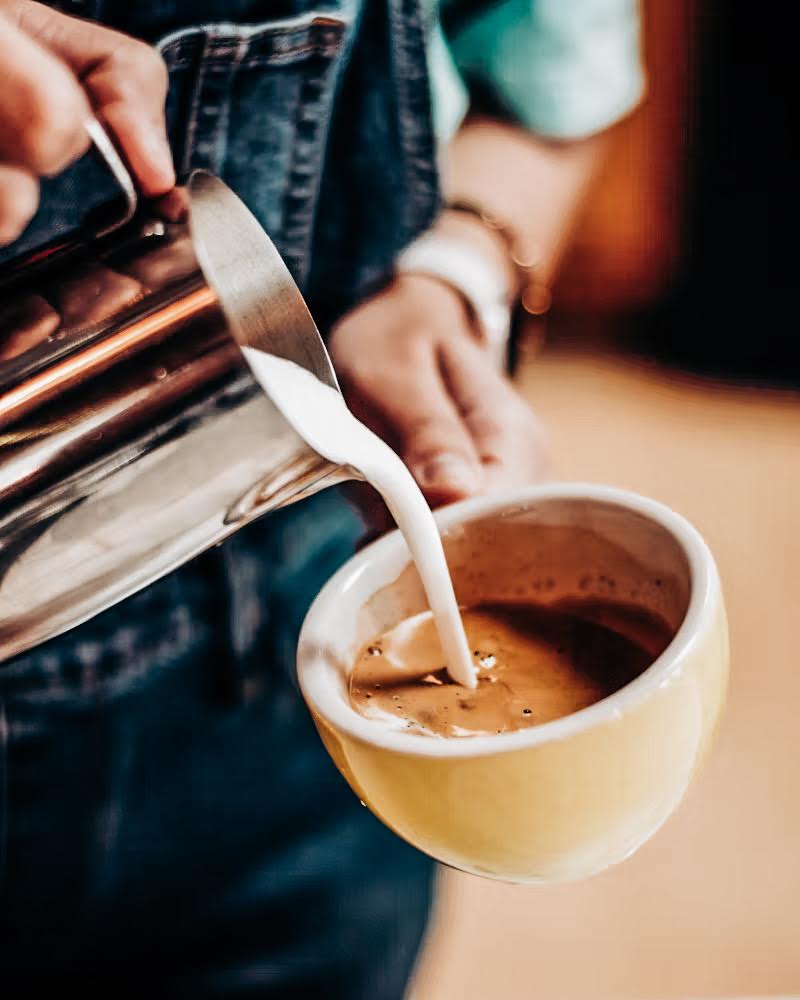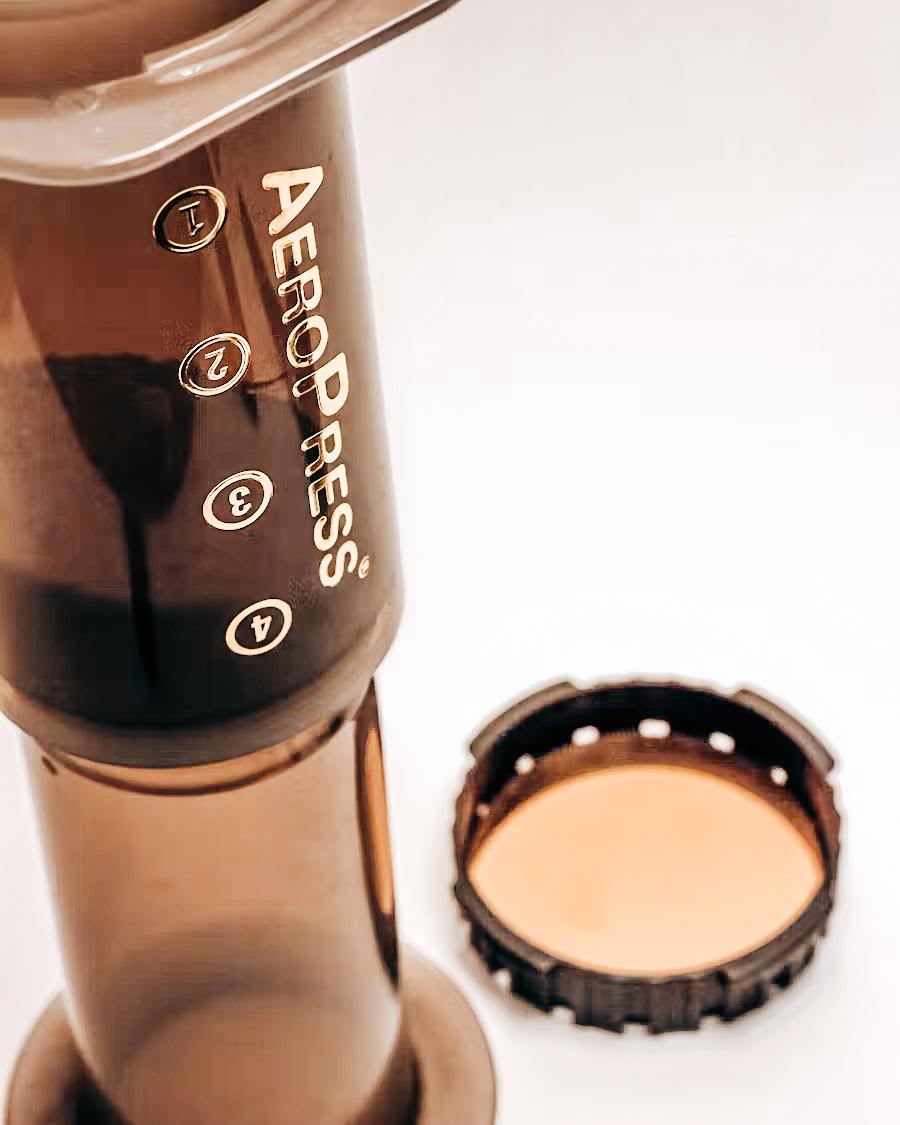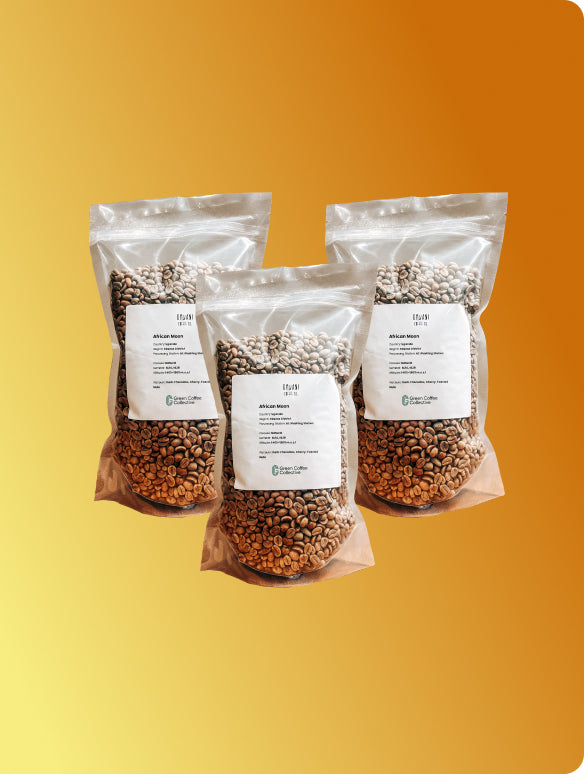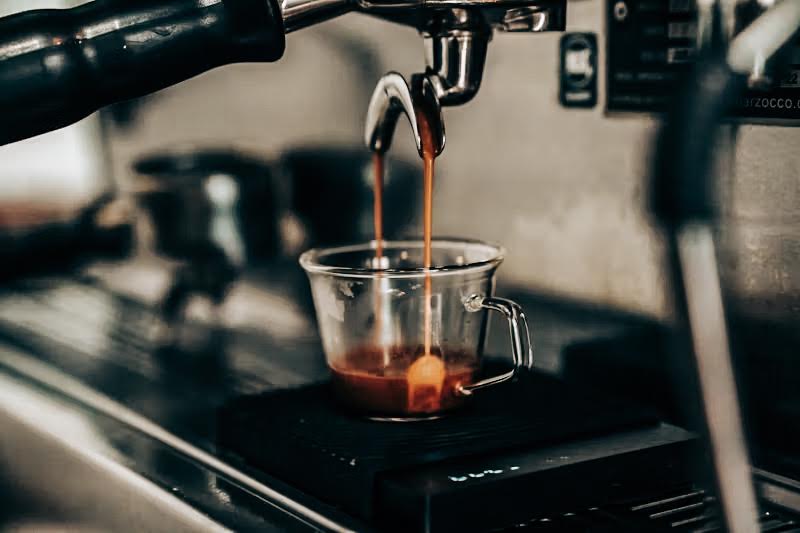
Green Coffee Beans for Black Espresso
These are the coffees that stand up on their own. Chosen for their intensity, character, and complexity, they’re ideal for black espresso - whether it’s a bold house shot or a one-off guest feature. Expect funkier flavour profiles, deeper sweetness, and plenty of character. Naturals, honeys, and experimental lots all feature here, each selected for how well they hold their own without milk.
-
African Moon
Cupping Score83.75Processing methodVarietalSL 14 , SL 28Main flavour notesDark Chocolate | Brown Sugar | Pecan | Cashew | PlumIn Stock+45kg left -
Kwezi Natural - Drugar Premium
Cupping Score85.0Processing methodVarietalSL 14Main flavour notesFruity | Nutty | Honey | ChocolateIn Stock+675kg left -
Al Hayma & Anis Decaf
Cupping Score81.5Processing methodVarietalMultipleMain flavour notesGrape | Raspberry | LemonIn Stock+120kg left -
Pinhal Blend
Cupping Score82.5Processing methodVarietalMultipleMain flavour notesDark Chocolate | Cherry | Macadamia | MolassesIn Stock+125kg leftSale -
Hermanos Aguilera Yellow Honey San Roque
Cupping Score86.75Processing methodVarietalSan RoqueMain flavour notesJasmine | Brown Sugar | Dark ChocolateOut of Stock -
Nova Blend
Cupping Score83.75Processing methodVarietalMultipleMain flavour notesToblerone | Brown Sugar | Tangerine | CherriesOut of Stock -
Washed Honduras SHG EP
Cupping Score82.75Processing methodVarietalMultipleMain flavour notesChocolate | Nougat | Brown Sugar | NutIn Stock+45kg left -
Henry Bonilla - Washed Geisha
Cupping Score86.25Processing methodVarietalGeishaMain flavour notesJasmin | Lime | ChocolateIn Stock+5kg left -
North Rift Natural
Cupping Score87.75Processing methodVarietalBatian , Ruiru 11 , SL 28 , SL 34Main flavour notesRosehip | Blackberry | SweetIn Stock+20kg left -
Timaná Community - Washed Castillo
Cupping Score84.0Processing methodVarietalCastilloMain flavour notesLight Caramel, Toffee, Orange, WalnutIn Stock+20kg left -
Regional Huila
Cupping Score84.25Processing methodVarietalCastillo , CaturraMain flavour notesHazelnut | Caramel | Panela | Orange Peel | AppleIn Stock+20kg left -
Gladys Erazo - Red Bourbon
Cupping Score87.0Processing methodVarietalRed BourbonMain flavour notesDulce de leche | Floral | PistachioIn Stock+20kg leftSale -
Uganda Bugisu AA Fully Washed RA
Cupping Score84.5Processing methodVarietalBourbon , SL 28Main flavour notesLemon | Black Tea | Brown Sugar | SweetIn Stock+35kg left
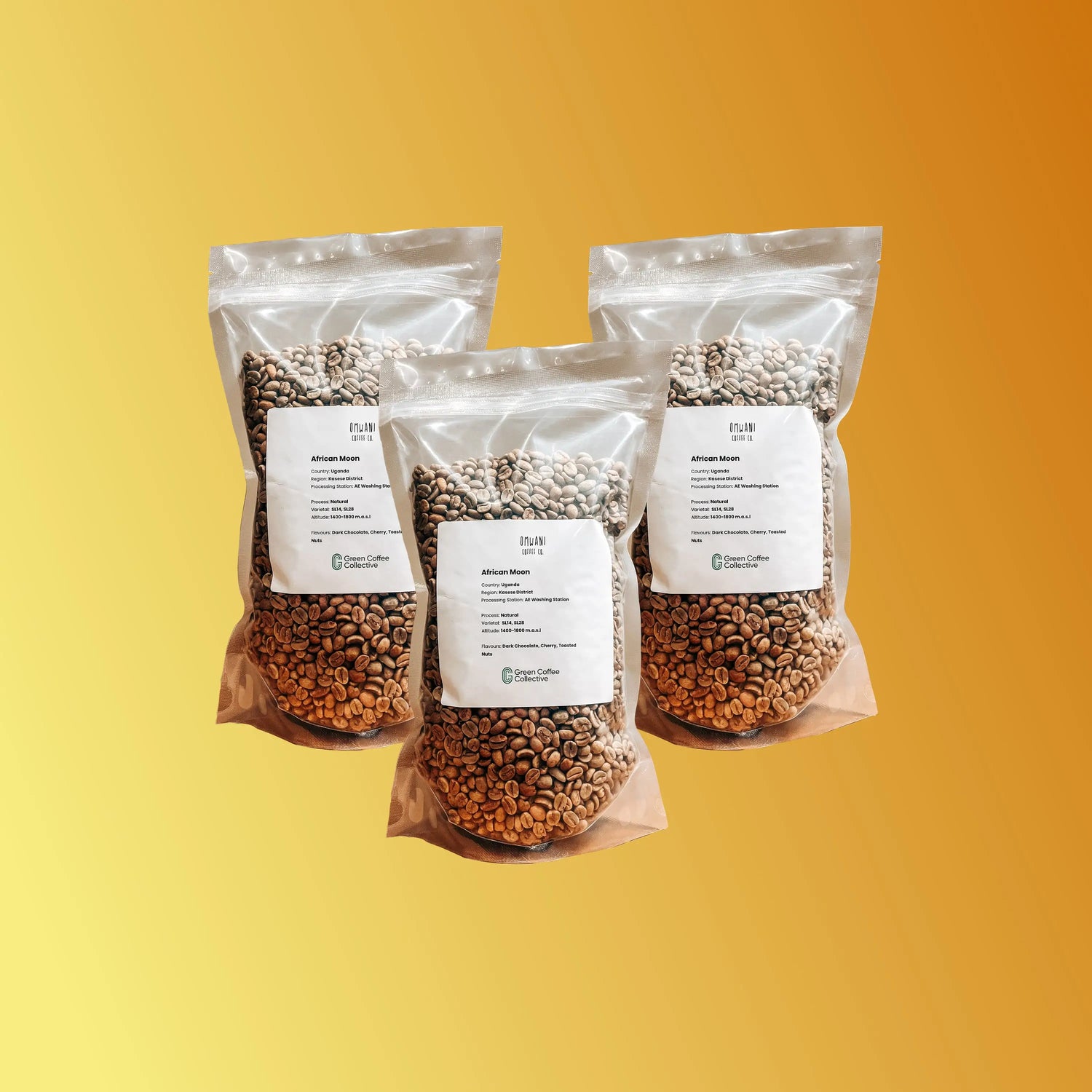
Your guide to Green Coffee Beans for Black Espresso
-
What makes a coffee suitable for black espresso?
-
Do I need to roast differently for black espresso?
-
Are these coffees suitable for guest espressos?
-
Perfect Green Coffee Beans for Black Espresso
-
Understanding Black Espresso & Bean Suitability
-
What to Look for in Green Coffee Beans for Black Espresso
-
Key Characteristics of Ideal Beans for Black Espresso
-
Conclusion

